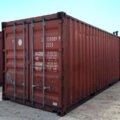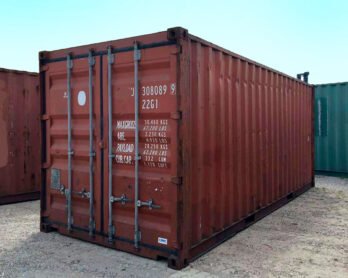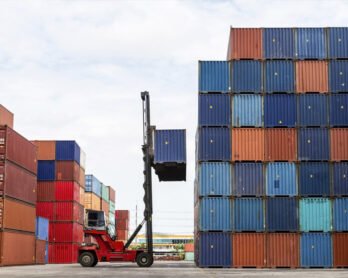How to Safely Store Hazardous Liquids in Storage Containers
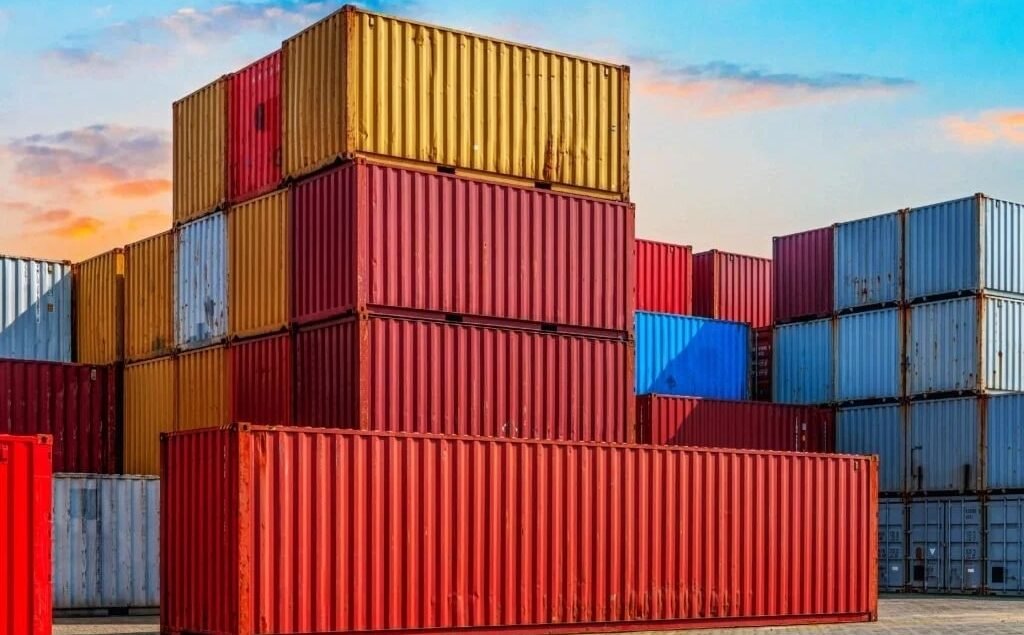
Curious about how to safeguard hazardous liquids in storage containers?
Dive into our comprehensive guide packed with vital information on storage containers!
Uncover the intricacies of hazard risks, choosing the right containers, effective labelling strategies, ideal storage conditions, spill prevention methods, and the importance of routine container checks.
Whether you’re a seasoned professional or new to handling hazardous substances, this article will equip you with the knowledge and tools needed to ensure safe storage practices.
Stay tuned as we delve into the essential strategies and best practices for storing hazardous liquids.
Understanding Hazard Risks
When dealing with hazardous liquids, it is crucial to comprehend the potential risks they pose to ensure safe storage in appropriate storage containers. Understanding the hazards involved can prevent accidents and injuries. Here are some key points to consider:
- Chemical Properties: Know the characteristics of the hazardous liquids you are storing, such as flammability, toxicity, and reactivity.
- Compatibility: Ensure that the storage container materials are compatible with the liquids to prevent chemical reactions.
- Proper Ventilation: Adequate ventilation is essential to dissipate any potential fumes or vapours that may accumulate.
By being aware of these hazards, you can take the necessary precautions and select the right storage containers to mitigate any potential dangers.
Selecting Suitable Containers
When storing hazardous liquids, it is imperative to choose the right storage containers to ensure safety and compliance. Here are some factors to consider when selecting storage containers:
- Material: Opt for containers made of compatible materials such as stainless steel or high-density polyethylene to prevent chemical reactions.
- Sealing: Ensure containers have tight and secure closures to prevent leaks or spills.
- Capacity: Select containers that can accommodate the volume of hazardous liquids you intend to store.
- Labelling: Choose containers that allow for clear labelling to easily identify the contents and associated hazards.
- Compatibility: Verify that the storage containers are compatible with the specific hazardous liquids to avoid degradation or contamination.
Proper Labelling Practices
Proper labelling is key for the safe storage of hazardous liquids in storage containers. Follow these guidelines:
- Clearly Label Containers: Always use clear and specific labels indicating the contents of the storage containers, such as “Flammable,” “Corrosive,” or “Toxic.”
- Include Safety Information: Ensure labels include vital safety information like handling instructions, emergency contacts, and potential hazards.
- Date and Rotate: Label containers with the date of storage and establish a rotation system to ensure older liquids get used first.
Additionally, maintain an updated inventory list of all stored hazardous materials. This practice will aid in quick identification and response during emergencies, ensuring a safe storage environment for all.
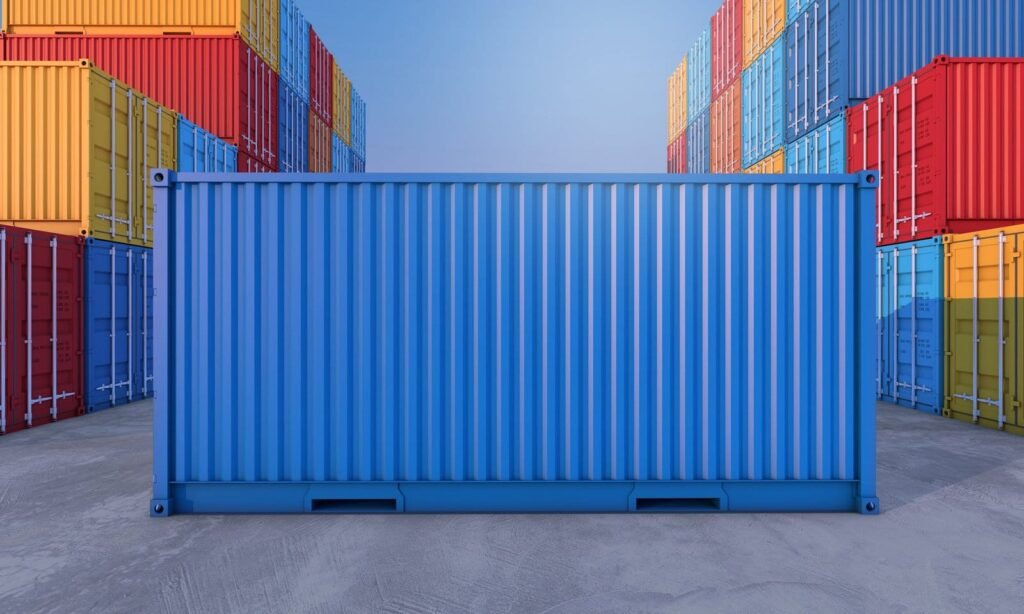
Ideal Storage Conditions
When storing hazardous liquids in storage containers, it is crucial to ensure ideal storage conditions to minimise risks and ensure safety.
- Choose Appropriate Containers: Select storage containers specifically designed for hazardous liquids, such as chemical-resistant materials like polyethylene.
- Proper Labelling: Clearly label all storage containers with the contents and any hazard warnings to prevent mix-ups and ensure proper handling.
- Secure Placement: Store the containers in a well-ventilated area away from direct sunlight and potential heat sources to avoid chemical reactions.
- Secondary Containment: Use secondary containment systems like spill trays or pallets to contain any leaks or spills and prevent environmental contamination.
- Regular Inspection: Inspect storage containers regularly for signs of damage or leaks and address any issues promptly to maintain integrity.
Preventative Spill Measures
In order to safeguard against spills when storing hazardous liquids in storage containers, it is crucial to implement effective preventative measures. Here are some key strategies to minimise the risk:
- Proper Labelling: Ensure all storage containers are clearly labelled with the contents and any associated hazards.
- Secure Lids: Always tightly seal the lids of storage containers to prevent accidental spills or leaks.
- Secondary Containment: Use secondary containment systems such as trays or bunds to contain spills and prevent them from spreading.
- Regular Inspections: Conduct frequent inspections of storage containers to check for any signs of damage or deterioration that could lead to leaks.
- Spill Response Plan: Have a detailed spill response plan in place, including proper training for personnel on how to address spills safely and efficiently.
- Emergency Equipment: Keep spill kits and emergency response equipment readily accessible near storage areas for quick intervention in case of spills.
Regular Container Inspections
Regular inspections of your storage containers are essential to ensure the safe storage of hazardous liquids. Follow these steps to keep your containers secure:
- Check for Leakage: Inspect containers for any signs of leaks or damages that could compromise the integrity of the storage.
- Verify Labels: Ensure all containers are correctly labelled with the contents and handling instructions clearly visible.
- Monitor Storage Conditions: Regularly assess the temperature and humidity levels to prevent any adverse effects on the liquids stored in the containers.
Additionally, create a schedule for routine inspections and maintenance to address any issues promptly. By staying vigilant and proactive, you can maintain the safety and integrity of your storage containers for hazardous liquids.
Bringing it all together
In understanding hazardous risks, selecting suitable storage containers, and implementing proper labelling practices, you’ve taken important steps in safely storing hazardous liquids.
By ensuring ideal storage conditions, implementing preventative spill measures, and conducting regular container inspections, you’ve enhanced safety protocols.
Remember, the key lies in proactive measures to prevent accidents and protect both the environment and individuals.
With these practices, you can mitigate risks and ensure a secure storage environment for hazardous liquids.
Keep up with these best practices, and you’ll maintain a safe and compliant storage system for hazardous materials in your facility.
